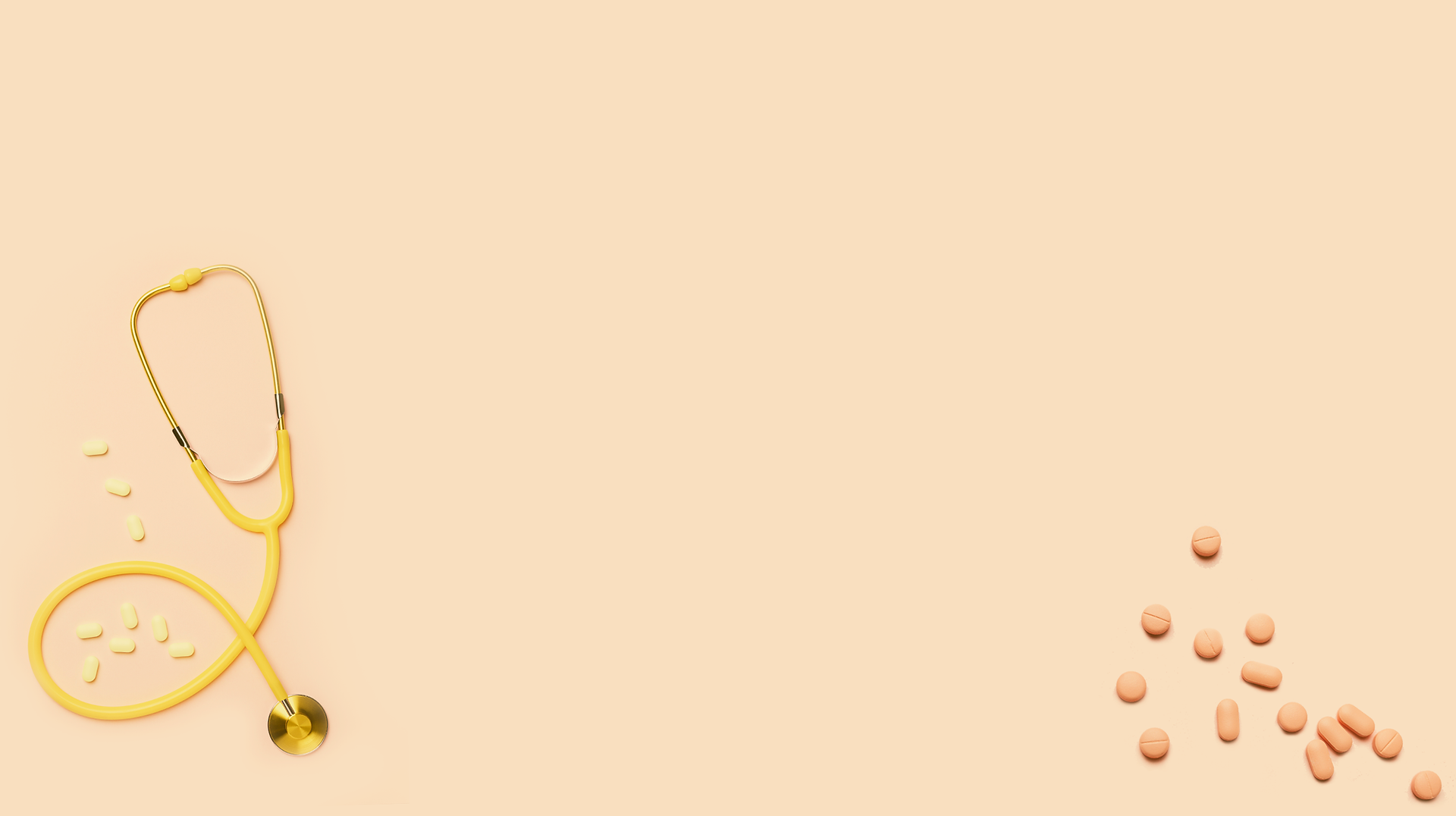Unlock the Secrets: Dermoscopy Mole Evaluation Explained
- enfieldroyalsaudi1
- Sep 5, 2024
- 4 min read
When it comes to skin health, early detection of potential issues is crucial. One of the most effective methods for evaluating moles and skin lesions is through dermoscopy. This blog will delve into what dermoscopy mole evaluation is, its benefits, the procedure involved, and why it's a valuable tool in dermatology. By understanding the intricacies of dermoscopy mole evaluation in Riyadh, you can make informed decisions about your skin health.

What is Dermoscopy Mole Evaluation?
Introduction to Dermoscopy
Dermoscopy, also known as dermatoscopy, is a non-invasive diagnostic technique used to examine skin lesions with enhanced visualization. It involves the use of a dermatoscope, a specialized instrument equipped with a magnifying lens and light source. This tool allows dermatologists to view the skin at a microscopic level, revealing details that are not visible to the naked eye.
The Role of Dermoscopy in Mole Evaluation
The primary purpose of dermoscopy mole evaluation in Riyadh is to assess moles and other skin lesions for signs of potential malignancy. By providing a detailed view of the skin's surface and structure, dermoscopy helps in identifying abnormalities that may indicate skin cancer or other conditions.
Benefits of Dermoscopy Mole Evaluation
Early Detection of Skin Cancer
One of the most significant benefits of dermoscopy is its ability to detect skin cancer at an early stage. By analyzing the patterns and colors of moles, dermatologists can identify suspicious features that may warrant further investigation or biopsy.
Non-Invasive and Painless
Dermoscopy is a non-invasive procedure, meaning it does not require any incisions or injections. The examination is quick and painless, making it a comfortable option for patients.
Enhanced Accuracy
Dermoscopy provides a higher level of detail compared to traditional visual inspection. This enhanced accuracy helps in differentiating between benign and malignant lesions, reducing the need for unnecessary biopsies.
The Dermoscopy Procedure
Initial Consultation
The process begins with a consultation where the dermatologist reviews your medical history and examines your skin. This initial assessment helps in determining the need for a dermoscopy mole evaluation in Riyadh.
Conducting the Examination
During the dermoscopy procedure, the dermatologist uses a dermatoscope to examine the moles or skin lesions. The device magnifies the area and illuminates it, allowing for a thorough inspection of the skin's surface and structure.
Analysis and Diagnosis
After the examination, the dermatologist analyzes the images and patterns observed through the dermatoscope. Based on this analysis, they will provide a diagnosis and recommend any necessary follow-up actions, such as a biopsy or further testing.
Follow-Up and Treatment
If the dermoscopy reveals any suspicious findings, additional tests or treatments may be recommended. Follow-up appointments ensure that any identified issues are monitored and managed appropriately.
Common Features Analyzed in Dermoscopy
Color and Pigmentation
The color and pigmentation of a mole are key factors in dermoscopy. Variations in color, such as multiple shades of brown or black, can indicate potential problems. Dermoscopy helps in assessing these color patterns with greater precision.
Asymmetry and Shape
Asymmetry in moles, where one half does not match the other, can be a sign of malignancy. Dermoscopy allows for detailed analysis of the shape and symmetry of lesions, aiding in the detection of abnormal patterns.
Borders and Edges
Irregular or poorly defined borders of a mole can be concerning. Dermoscopy helps in examining the edges of lesions to identify any irregularities that might suggest a need for further evaluation.
Surface Structure
The surface structure of a mole, including its texture and the presence of any crusts or scales, is also analyzed during dermoscopy. Changes in surface structure can provide valuable insights into the health of the skin.
Importance of Regular Mole Evaluations
Monitoring Changes Over Time
Regular dermoscopy mole evaluation in Riyadh is essential for monitoring changes in existing moles or skin lesions. Tracking these changes over time helps in identifying any new or evolving issues early on.
Preventive Health Care
Routine mole evaluations are an important aspect of preventive health care. By detecting potential problems before they develop into more serious conditions, dermoscopy contributes to overall skin health and well-being.
Personalized Skin Health Management
Each individual's skin is unique, and regular evaluations allow for personalized management of skin health. Dermatologists can tailor their recommendations and treatments based on the specific needs and conditions of each patient.
Comparing Dermoscopy with Other Methods
Visual Inspection
While visual inspection is a common method for assessing skin lesions, it lacks the detail and precision offered by dermoscopy. Dermoscopy provides a more comprehensive view, enhancing diagnostic accuracy.
Biopsy
A biopsy involves taking a sample of tissue for laboratory analysis. While it is a definitive method for diagnosing skin conditions, it is more invasive than dermoscopy. Dermoscopy often helps in determining whether a biopsy is necessary.
Skin Imaging Technology
Advanced skin imaging technologies, such as digital dermoscopy, offer detailed visual documentation of moles and lesions. These technologies complement traditional dermoscopy by providing a long-term record of skin changes.
Conclusion
Dermoscopy mole evaluation in Riyadh is a valuable tool for maintaining skin health and detecting potential issues early. By offering a detailed view of moles and skin lesions, dermoscopy helps in identifying abnormalities that may require further investigation or treatment. Regular evaluations and timely interventions contribute to overall skin health, making dermoscopy an essential part of preventive dermatology. If you're concerned about your skin or have a history of skin conditions, consider consulting with a qualified dermatologist to explore the benefits of dermoscopy.




Comments